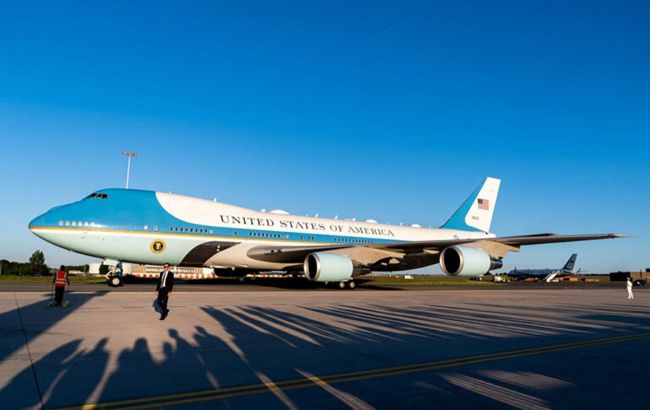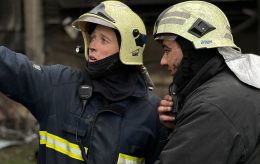Inside Air Force One: Glimpse into U.S. President's flying office
 The airplane of the President of the United States (Photo: The White House)
The airplane of the President of the United States (Photo: The White House)
The main aircraft of the President of the United States - Air Force One - is the most famous plane in the world. Aircraft number 1 has no limitations on flight range.
RBC-Ukraine shares insights on the interior of the flying office, according to avianews.com
"Air Force One" is the call sign of the aircraft that transports the President of the United States. Currently, the designated aircraft for this role is the VC-25A. Two such planes exist, identified by their tail numbers, 28000 and 29000.
Both planes are equipped similarly. While one undergoes maintenance, the other is utilized for the U.S. President's flights.
The VC-25A planes were modified from Boeing 747-200B passenger planes, commonly used for long-haul flights.
Ordered by President Ronald Reagan, the VC-25A planes commenced service in 1990 during George H.W. Bush's presidency. Subsequent presidents, including Bill Clinton, George W. Bush, Barack Obama, Donald Trump, and Joe Biden, have used these aircraft.
The Boeing 747-200B was transformed into a massive airborne office for the U.S. President. Inside, there's a 370-square-meter space spread across three levels. The main deck features the President's office and bedroom, a conference room, accommodations for aides, a medical suite, and lavatories.
The VC-25A has unlimited flight range due to its air-to-air refueling system. The number one aircraft can land at poorly equipped airfields thanks to its built-in airstairs.
 Photo: Conference room in the Air Force One plane (The White House)
Photo: Conference room in the Air Force One plane (The White House)
President Donald Trump commissioned the construction of two new presidential aircraft, designated as VC-25B. To save costs, these new Air Force One planes are based on the Boeing 747-8, initially built for the Russian airline Transaero. However, due to bankruptcy in 2015, these planes were not delivered and were never used for passenger transportation.
It is anticipated that the first VC-25B will be operational for the U.S. President's flights in 2027, with the second following in 2028. By then, the VC-25A planes will have served for 38 years.

